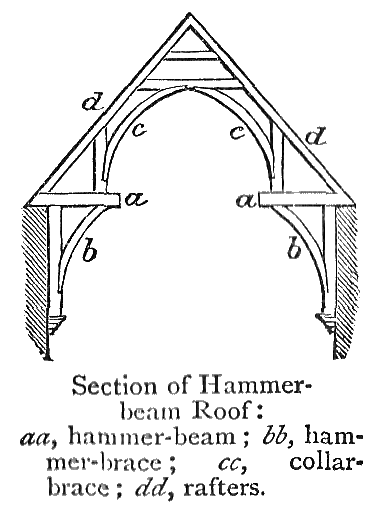
Timber Framing vs. Post and Beam

While researching timber frame homes, you likely read the words “post and beam.” Did you wonder if they were related to timber framing? Or, perhaps you thought they were a synonym for timber framing. This article explores the differences between post and beam and timber framing because, although post and beam and timber framing share some attributes, they are two different approaches to building a home. By learning details about both, you may find you prefer one over the other.
What is Traditional Timber Framing?
Traditional timber framing is a craft that uses wood-to-wood joinery to bring together the truss and bent systems of a timber frame skeleton. Mortise and tenon is the original form of this joinery. It involves connecting a mortise hole on the end of one timber with a corresponding tenon on another timber, with the tenon fitting exactly into the mortise hole. Mortise and tenon can be cut to accommodate varying angles and complexities depending on the home’s design and engineering requirements. The joints are held in place with wooden pegs, subsequently creating an organically beautiful timber frame that is complex as well as structurally sound.[i]

After being assembled on the ground, timber frame bents are raised into place. Raisings are sometimes ceremonial in nature as friends, family, and soon-to-be neighbors, gather to watch your home take shape. Timber frame’s raising process as part of a home’s construction is very different from that of post and beam building.
What is Post and Beam?
The Industrial Revolution [ii] transformed the ways in which manufacturing processes occurred. The decades-long transition saw a movement away from hand crafted goods to machine produced ones. It is not a coincidence that post and beam building took hold during this same period of history. Because, in comparison to the traditional timber framing method of mortise and tenon, post and beam construction typically results in a less intricate connection.
There are two main differences between timber framing and post and beam. First, post and beam truss designs are constructed by placing the wood pieces on top of each other rather than raising the assembled bent into place. Second, post and beam building uses metal fasteners to connect the wood pieces. Based on a client’s aesthetic preferences, fasteners are either strategically hidden from view or boldly displayed.

If your primary consideration in a timber home is simply that it have timbers rather than traditional timber frame artisanship, then post and beam building may be right for you. If, however, you are looking for a structure with Old-World style bents using mortise and tenon joinery, you may find yourself more satisfied with an authentic timber frame residence.
Riverbend Timber Framing
Both post and beam and traditional timber framing bring a unique look to a home. But, our passion and pride firmly rests with the latter. The timber frame artisans at Riverbend are committed to (and renowned for) their craft. Our team believes that each timber connection in your home has its own character. And, it is the legacy of timber framing’s time-honored tradition that binds us to those seeking a timber frame home.
Notes and photo credits
________________________________________
Hammerbean truss image from Chambers’s Twentieth Century Dictionary of the English Language, 1908, via the Project Gutenberg archives. Project Gutenberg offers over 58,000 free eBooks.
[i] Learn more about engineering in timber frame building. Visit the Timber Frame Engineering Council page of the Timber Framers Guild website here.
[ii] Historians do not agree on the dates or range of dates of what is termed the Industrial Revolution. You can learn more about this historically important era in Stephanie Muntone’s work, “Second Industrial Revolution” from the McGraw-Hill Companies on www.education.com using the Wayback Machine.
Need More Information?
Whether you’re looking for more information or would simply like to learn more about us and our services, don’t hesitate to contact us. Please follow the link below to access our online form or call us at 888.486.2363 in the US or 888.999.4744 in Canada. We look forward to hearing from you.
Order Riverbend Brochure Contact Us
